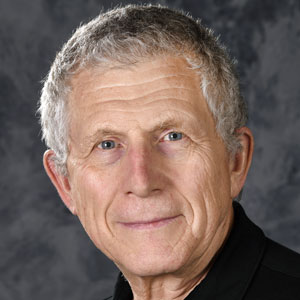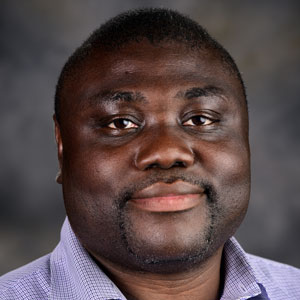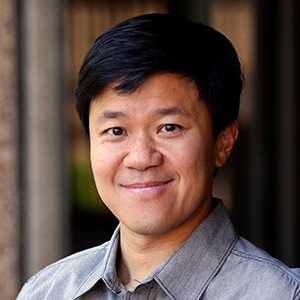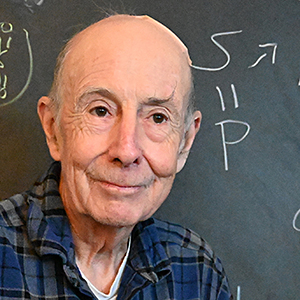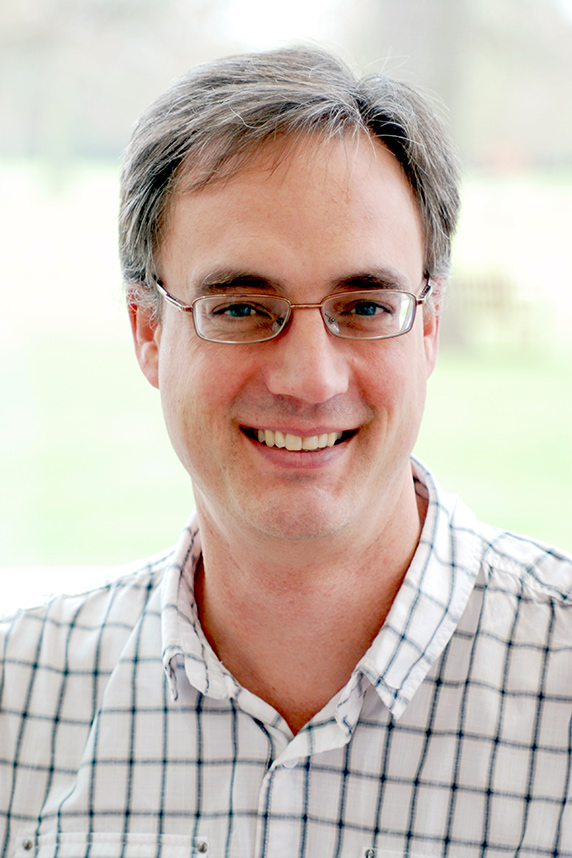 Campbell heads the WSI Cancer, Ageing, and Somatic Mutation Programme. (Photo courtesy of WSI)
Campbell heads the WSI Cancer, Ageing, and Somatic Mutation Programme. (Photo courtesy of WSI)Every cancer begins with a single mutation in a single cell. But not every mutated cell is destined to turn cancerous. Cells from a variety of tissues — including the blood, gut, and skin — accumulate mutations at unexpectedly high rates over the course of normal life, according to Peter Campbell, Ph.D. He spoke Nov. 10 as part of the NIEHS Distinguished Lecture Seminar Series.
The Wellcome Sanger Institute (WSI) researcher presented how he studies mutations in normal cells(https://www.niehs.nih.gov/news/video/science/#903855) to capture the first steps toward cancer and other diseases.
“Campbell is one of the top leaders in the world on cancer genomics,” said Dmitry Gordenin, Ph.D., head of the NIEHS Mechanism of Genome Dynamics Group and host of the event. “He is known for several fundamental discoveries about cancer biology and the translation of these discoveries into better management of patients.”
The new normal
Over the last decade, Campbell has led the search for mutation patterns that could explain how tumors form. For example, he successfully oversaw the Pan-Cancer Project, a collaboration of more than 1,300 researchers that sequenced the genomes of 38 types of cancer from nearly 2,800 patients.
Campbell has recently taken the approaches he used to study cancer cells and applied them to normal cells. His group sequenced the genomes of 15 different organ systems and found that these tissues accrued mutations at a steady rate. For example, he showed that cells from the esophagus accumulated 30 to 40 new mutations a year. “In fact, you can use the mutation burden in a given organ system, like blood cells, to tell someone’s age within two to three years,” Campbell said.
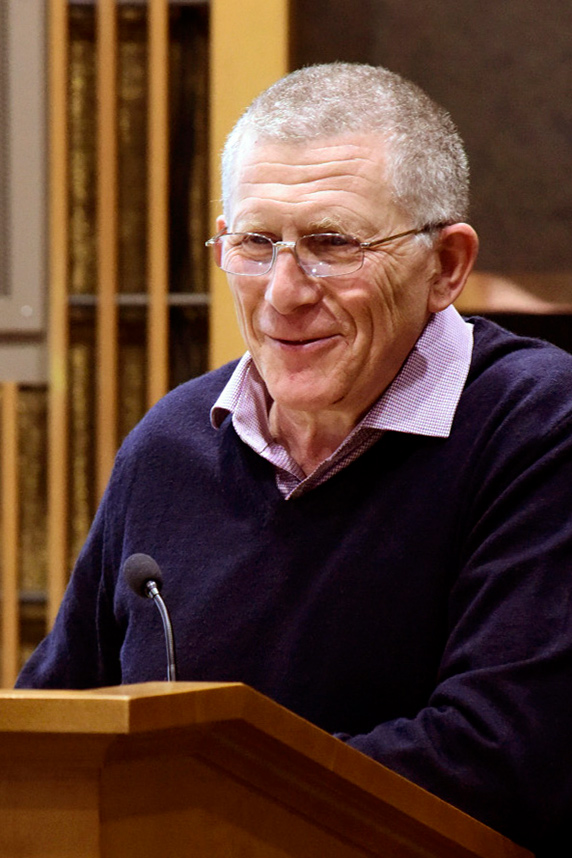 Gordenin, shown here at a 2017 talk on mutational signatures, and his research group have developed new ways to analyze datasets of cancer genome mutations. (Photo courtesy of Steve McCaw)
Gordenin, shown here at a 2017 talk on mutational signatures, and his research group have developed new ways to analyze datasets of cancer genome mutations. (Photo courtesy of Steve McCaw)In one study, Campbell’s team identified 129,582 spontaneous, genome-wide mutations in blood cells from a 59-year-old man. By studying how these patterns of mutations changed over time, they were able to trace the first mutations back to just after conception. “It is really quite amazing that we can look back and see those scars many years later,” he said.
Never too late to change
To explore the dynamics of stem cells, a special population of cells that replenish and maintain healthy tissues, Campbell has taken advantage of the fact that mutations accumulate steadily throughout life.
For example, his team analyzed mutations in lung cells from current smokers, nonsmokers, and ex-smokers. They found that current smokers had up to 10,000 extra mutations compared with people who never smoked.
Surprisingly, people who had quit smoking had a sizeable proportion of cells without the extra mutations. Campbell said the findings indicate that stem cells expanded and repopulated the lining of the airways, nearly wiping the slate clean. “It definitely makes a good case for stopping smoking,” he said.
Mutational signatures
Exposures to chemicals from tobacco smoke are just some of the many environmental factors that can cause mutations. These factors, known as mutagens, include chemical compounds, such as arsenic, and forms of radiation, such as the sun’s ultraviolet rays. Each mutagen damages DNA in a specific way, leaving behind distinctive marks on the genome called mutational signatures.
Campbell’s laboratory is now looking at mutational signatures in white blood cells called lymphoblasts to track how different exposures affect accumulation of mutations. In an unpublished study, they were surprised to discover a signature that was shared between normal lymphoblasts and lymphoid cancers.
“Our findings suggest that for many of these malignancies, you do not have to invoke many new mutational processes other than what already happens normally as we go through life,” he said.
Citations:
Martincorena I, Fowler JC, Wabik A, Lawson AR, Abascal F, Hall MWJ, Cagan A, Murai K, Mahbubani K, Stratton MR, Fitzgerald RC, Handford PA, Campbell PJ, Saeb-Parsy K, Jones PH. 2018. Somatic mutant clones colonize the esophagus with age. Science 362(6417):911–917.
Lee-Six H, Friesgaard Obro N, Shepherd MS, Grossman S, Dawson K, Belmonte M, Osborne RJ, Huntly BJP, Martincorena I, Anderson E, O’Neill L, Stratton MR, Laurenti E, Green AR, Kent DG, Campbell PJ. 2018. Population dynamics of normal human blood inferred from somatic mutations. Nature 561(7724):473–478.
Yoshida K, Gowers KH, Lee-Six H, Chandrasekharan DP, Coorens T, Maughan EF, Beal K, Menzies A, Millar FR, Anderson E, Clarke SE, Pennycuick A, Thakrar RM, Butler CR, Kakiuchi N, Hirano T, Hynds RE, Stratton MR, Martincorena I, James SM, Campbell PJ. 2020. Tobacco smoking and somatic mutations in human bronchial epithelium. Nature 578(7794):266–272.
(Marla Broadfoot, Ph.D., is a contract writer for the NIEHS Office of Communications and Public Liaison.)






